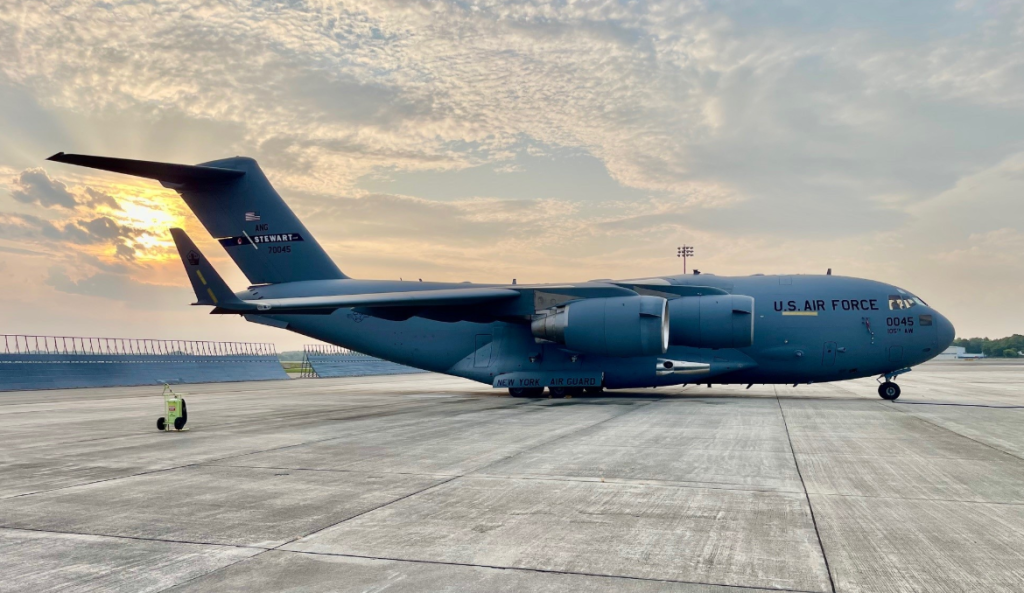Little Vanes Glued to Planes Save Millions of Dollars for U.S. Air Force

Gluing a few microvanes to the rear fuselage of the popular cargo plane, the C-17 Globemaster III, can help to save the cost of fuel up to tens of millions of dollars.
Launched in 1995 to replace the workhorse Lockheed C-141 Starlifter, the Boeing C-17 Globemaster III has proven its efficiency and major role in military logistics. The cargo plane serves not only the US Air Force but also the Royal Air Force, the Royal Canadian Air Force, the Royal Australian Air Force, and others.
However, it still needs improving after three decades of service.
Like the Lockheed C-130 Hercules, the Globemaster’s rear section is marked by an upswept rear when the cargo door is raised, causing some drag and turbulence problems even with the best aerodynamic design, in addition, this is also a reason why the empennage with the rudder and stabilizers that are raised well away from the fuselage.
As a part of a modernization program for the U.S., Army, the Air Force Research Laboratory (AFRL), the Air Force Lifecycle Management Center, and private industry have cooperated to study a way to reduce this drag without major modifications to the airframe or spending much money.
Scientists attached a 3D-printed 4 x 16-in (10 x 41-cm) microvane to the fuselage with a strong adhesive that made the venerable military transport aircraft more efficient.
A dozen of these micro vanes are set in a series of steps on the rear of the fuselage to catch the airflow over the aircraft and consolidate them to generate a 1% reduction in drag. This also means to reduce 1% fuel consumption for the aircraft.
According to the AFRL, once the tiny vanes are installed on USAF Air National Guard and Air Force Reserve aircraft, the project will pay for itself in seven months and save US$14 million per year. Furthermore, this can also build capability critical for maintaining the U.S. competitive edge in the era of power competition.
Today, the extension of mission distances is becoming more important, reducing fuel costs provided by the microvane as a strategically important benefit.
Currently, six C-17s are undergoing modifications preparing for the Logistics Services Assessment (LSA), the final evaluation stage before they are deployed. Then, all operational aircraft are expected to be fitted with the microvanes.

 Tech Steel & Materials
Tech Steel & Materials
Comments are closed